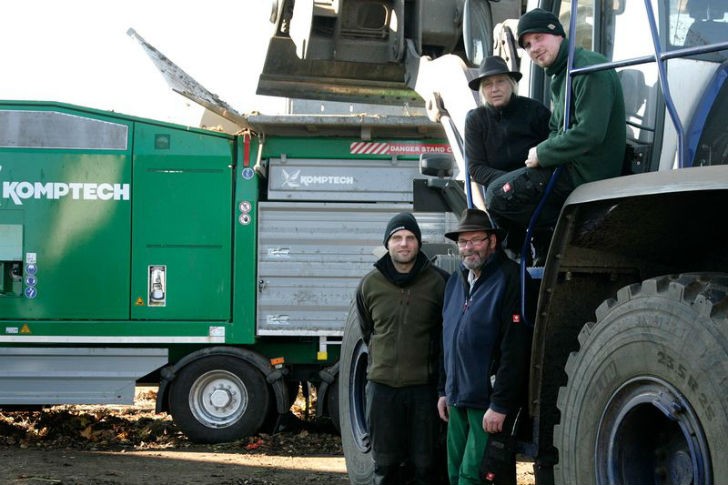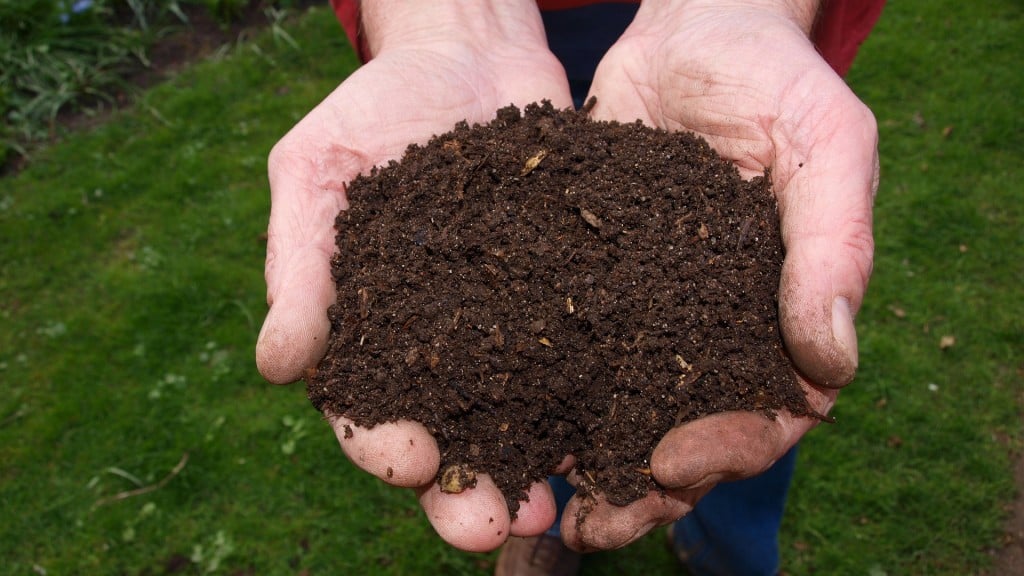Composting with the power of the sun
German composter using photovoltaic energy to run their shredder and screen

At a composting facility in Bavaria, a mobile Komptech Crambo runs on the electricty produced on-site by a photovoltaic system. “It’s a perfect solution,” says Peter Meier, who runs his small but sophisticated greenwaste composting operation with his family. His site in Hitzhofen, Germany, composts about 60,000 cubic metres of greenwaste. “Composting was really something we got into to solve a problem,” says Meier, whose nursery and landscaping operation had long been challenged by disposal of its greenwaste. “I wanted to do something about it myself instead of paying for container services to take it away. And so in 1994 we started composting.”
In the beginning, Meier had everything done by outside contractors, except windrow turning which he did with a front loader. But step by step he took work processes in-house and today does the shredding, turning and screening with his own machines. “We’re a typical family operation,” says Meier. With his wife Heidi and sons Florian and Rudi, he keeps the composting going while also running a successful nursery and landscaping company that provides services to municipalities. A recycling centre for the entire region has also taken up operations at the site.
Sun instead of fossil
When the sons decided to enter the family company after finishing their education, it was time for the next investment - new buildings and a big solar PV array on the roofs. Even before then the family had already been interested in minimizing their and the company’s use of fossil fuels and saving resources. Accordingly, they use an electric Crambo and electric Multistar L3 for composting.
From the outside, the Crambo 5000 looks like a normal trailer-mounted mobile machine. But a closer look reveals a plug on the motor cover. From it extends a 20 m power cable that disappears into the ground. “Electric drive has clear cost advantages over diesel,” says Peter and adds, “especially when you make your own electricity.” The PV solar array has an output of 250 kW, and has its own transformer. By making their own electricity, the Meiers also get money back from the utility company - in other words, it pays for itself. But why not a regular stationary machine? Here again, Peter Meier has his own ideas. “All shredding takes place outdoors, and not always at the same place. The wheels on the machine and the long cable let us place it right where we need it. If it’s not in use, or if maintenance is necessary, I just pull it into the building. The cable and plug are dimensioned for the 200 kW electric motor. “Naturally this is not like plugging in a household power cord. But we built a device whereby we get the cable and plug up to the socket using the front loader. And of course we have two strong young men to help,” laughs Peter.
Compost for organic farms
Heidi Meier is the boss in composting. She uses a Komptech Topturn 4000 windrow turner for turning the windrows. Screening is done with a Multistar L3, likewise fed by a cable, just not as thick as the one for the Crambo. The screen does its job almost silently, and with no emissions. Currently the focus is on 25 mm grain compost. Since more and more farmers have switched to organic, there is great demand for compost. The clean medium and oversize fraction is sold as biomass fuel.



